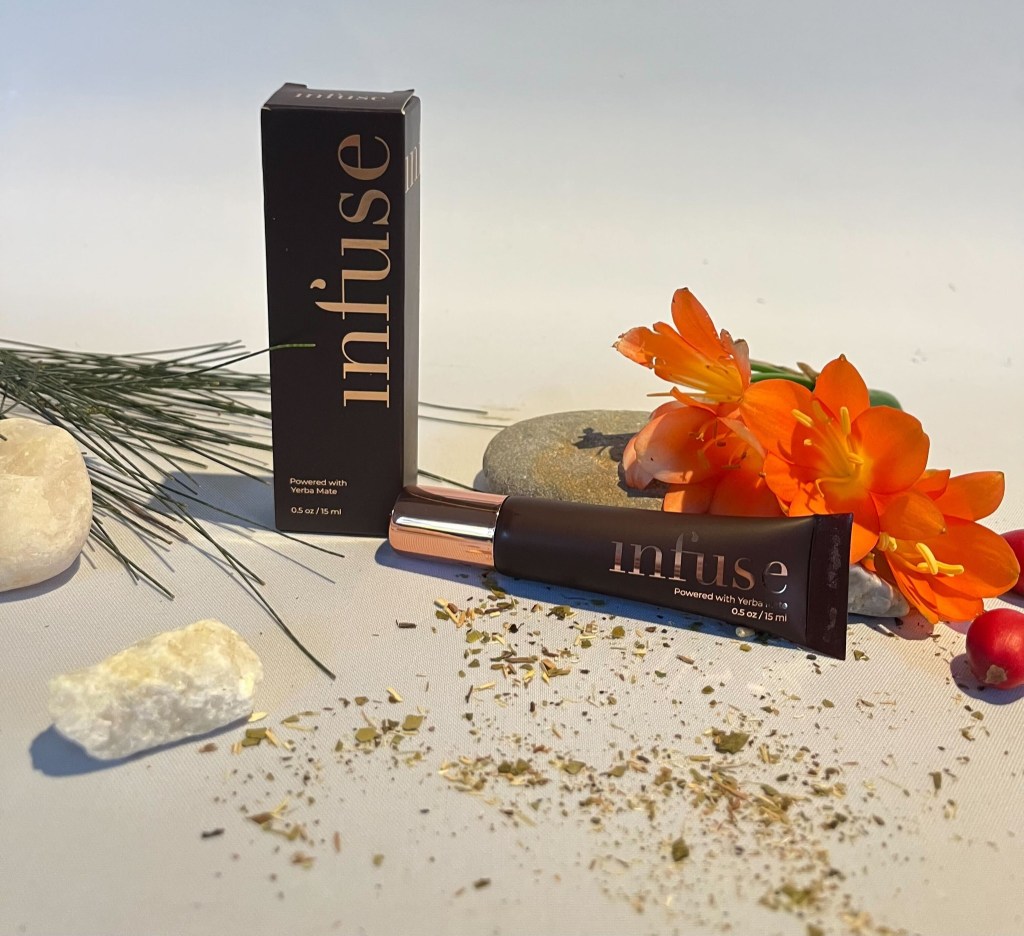The basics of retailer pitching
You’ve probably pitched before, but pitching to a retailer and pitching to an investor are different things. One is seeking money, while the other is trying to convince someone to highlight your brand and give you valuable retail space. Retailer pitches require more specific information and is often with someone who is more knowledgeable about the space than an investor would be.
Here are a few of the basic things a retailer pitch needs.
- YTD sales data
- Category insights
- Market-specific data
- Consumer demand trends
- Competitor analysis
Tips for pitching a small CPG brand
Big brands can ride the success of their name and goodwill onto store shelves, but smaller brands need to work a lot harder. Going into meetings with confidence and a strong presentation will set you apart and get your products on shelves more often.
With that in mind, here are a few tips to help you with your next retailer pitch:
01
Data is key
Anyone can spin a story about how great their business is, but numbers will tell the truth. Every shred of data you can share with a retailer that shows you’re worth investing in can help. To ensure you have the most accurate and actionable data, you need to invest in retail data analytics that can help you better understand consumer buying patterns.
02
Define the competition
You’re likely selling to retailers that deal with hundreds or thousands of brands. You can’t expect them to have deep knowledge of your brand’s positioning and competitors. Show up to the pitch with a clear picture of who your strongest competition is and how you plan on beating them. If your pitch is better than theirs, you can start to take their shelf space and eventually their market share. To do this successfully, you should focus on where you’re already winning, but also areas where you have defined plans to improve.
03
Know your differentiators
If your brand looks just like every other brand, you won’t be wooing many retailers. You need to be able to identify what sets your brand apart and why it matters. This may be a financial difference like you’re offering a budget brand against more expensive competitors. Or, it may be more of a narrative story. You may be a black-owned or women-owned business and this is a major part of your overall brand story and strategy. Take the time to define what makes you unique and then tie that to value that you can bring to the retailer. It also helps if you have a strong knowledge of the top CPG trends for small businesses in 2022.
04
Have a CPG marketing plan
Retailers aren’t going to do your work for you. They’ll stock your product and put it in front of people, but it’s your responsibility to build recognition and entice sales. Without a robust marketing plan, you won’t be able to keep any shelf space you earn. Think of what platforms and tools will resonate most with your target market and bring your plan to the pitch. If you have a good social media following, retailers will be more inclined to believe you deserve a chance. Even your CPG packaging can be a form of marketing and help entice new customers to try your product.
05
Pitch pretty
It may seem like a waste of time, but a CPG pitch deck really should look like you put time and effort in. You don’t necessarily need to hire a graphic designer, but the deck should have a strong visual appeal that retailers can trust. Infographics and charts are a great way to break up the monotony and keep their interest. It also needs to be free of grammatical and visual errors. Nothing is more awkward than having a retailer point out a basic mistake in your deck when you’re trying to convince them to support your goals.
03
Lorem Ipsum…
Lorem ipsum dolor sit amet, consectetur adipiscing elit. Duis felis arcu, pulvinar a ipsum vel, elementum pharetra massa…

Become a pitching pro
As consumer habits changed so dramatically in 2021, CPG brands have had to make major changes to keep up. Your pitches need to show that you understand where the market is going and have the data to prove you can meet these changing needs. Fortunately, with Byzzer’s reporting solutions, you can have all the data you need at your fingertips.
Reach out to our team so we can help you build a customized paid plan with Byzzer, so you can have this data and much more available for any need that may come up.



